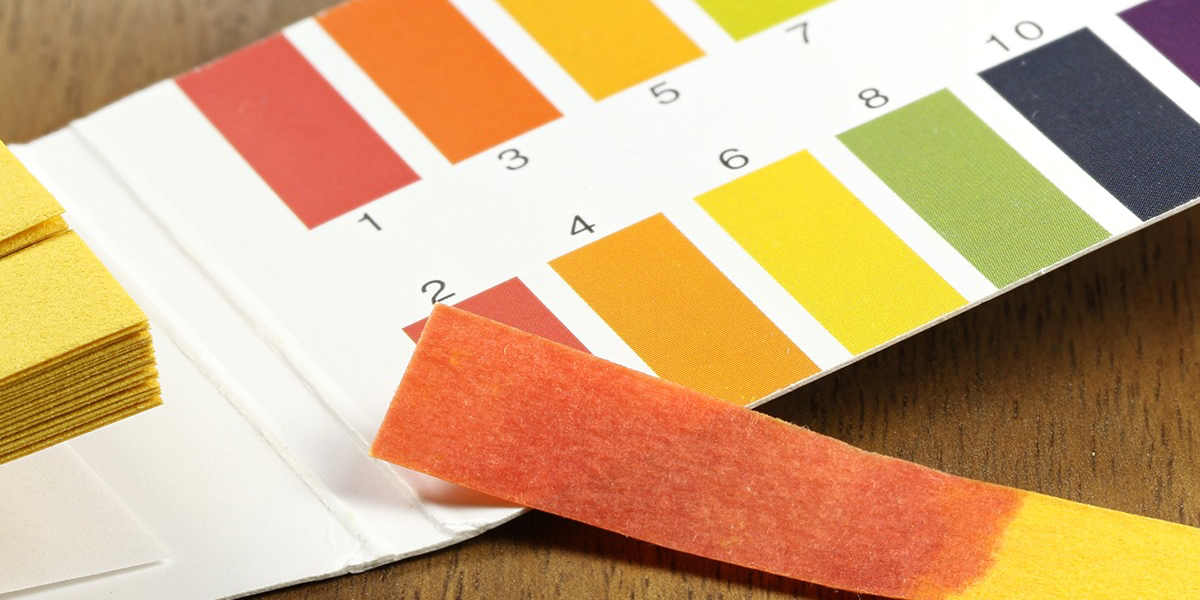Whether you’re already making detergents or thinking about starting, understanding pH is a game-changer. It ensures your products clean effectively, stay safe to use, and meet high standards. This guide will teach you what pH is, why it matters, and how to get it right—whether or not you’ve purchased our Detergents Formulations eBook.
What is pH?
The pH scale measures how acidic or alkaline (basic) a liquid is, using a scale from 0 to 14:
- Acidic (0–6): Like vinegar or lemon juice.
- Neutral (7): Like plain water.
- Alkaline (8–14): Like baking soda or bleach.
For detergents:
- Mild products like hand soaps and fabric softeners should have a pH of 6–9.
- Strong cleaners like degreasers or bleach often have a pH of 10–14.
- Acidic cleaners like toilet bowl cleaners might have a pH of 0–2.
Why Does pH Matter?
- Cleaning Power
The pH affects how well a product cleans. Grease and oils are easier to remove with alkaline detergents, while acidic products are better for removing scale or rust. - Safety
Products with the wrong pH can irritate skin, damage surfaces, or become unsafe to use. The right pH makes your product effective and safe. - Professional Quality
Customers trust products that perform well and feel safe to use. Correct pH ensures your detergents work like professional-grade products.
How to Test pH
Testing the pH of your detergent is simple and affordable:
- pH Strips (Easy and Affordable)
- Dip the strip into your detergent.
- Compare the strip’s color to the chart that comes with it.
- Digital pH Meters (More Accurate)
- Place the meter into the liquid.
- It shows the exact pH on a screen.
- Make sure to calibrate (set) the meter before use for accuracy.
How to Adjust pH in Your Detergent
After testing your detergent, you may need to adjust the pH:
- If the pH is too low (too acidic):
- Add a small amount of caustic soda (sodium hydroxide) or another alkaline ingredient.
- Stir well and test again.
- If the pH is too high (too alkaline):
- Add a small amount of sulphonic acid or citric acid.
- Stir thoroughly and test again.
Steps to Get the Right pH
- Mix Your Ingredients
Whether following a recipe from our handbook or your own, start by mixing your ingredients. - Test the pH
Use a pH strip or meter to check the pH of the solution. - Adjust the pH
- Slowly add your pH-adjusting ingredient (acid or alkaline), mix well, and test again.
- Repeat until the pH is within the desired range.
- Final Check
Allow the mixture to rest for a few minutes and test again to ensure stability.
Example: Dishwashing Liquid
Let’s say you’re making dishwashing liquid, and the initial pH is 5 (too acidic).
- Add a small amount of caustic soda solution, mix thoroughly, and test the pH again.
- If it now reads 7, your dishwashing liquid is balanced and ready!
Helpful Tips
- Start Small: Always test and adjust pH in small batches to avoid waste.
- Safety First: Wear gloves, goggles, and protective clothing when handling strong acids or alkalis.
- Be Patient: Add pH-adjusting ingredients in small amounts to avoid overshooting.
Why Choose the Detergents Formulations Handbook?
If you’re serious about making high-quality detergents, our Detergents Formulations Handbook provides step-by-step recipes and guidance, including exact pH ranges for every product. It’s perfect for beginners and experienced makers alike!
Get Started Today
Whether you’re a seasoned maker or just curious, understanding pH is a vital skill for creating safe, effective cleaning products. Start testing, practicing, and improving your skills today!
If you’d like to learn more about making detergents or purchase our guide, feel free to contact us via WhatsApp or email. Let’s make something amazing together!




Thank you for the great article